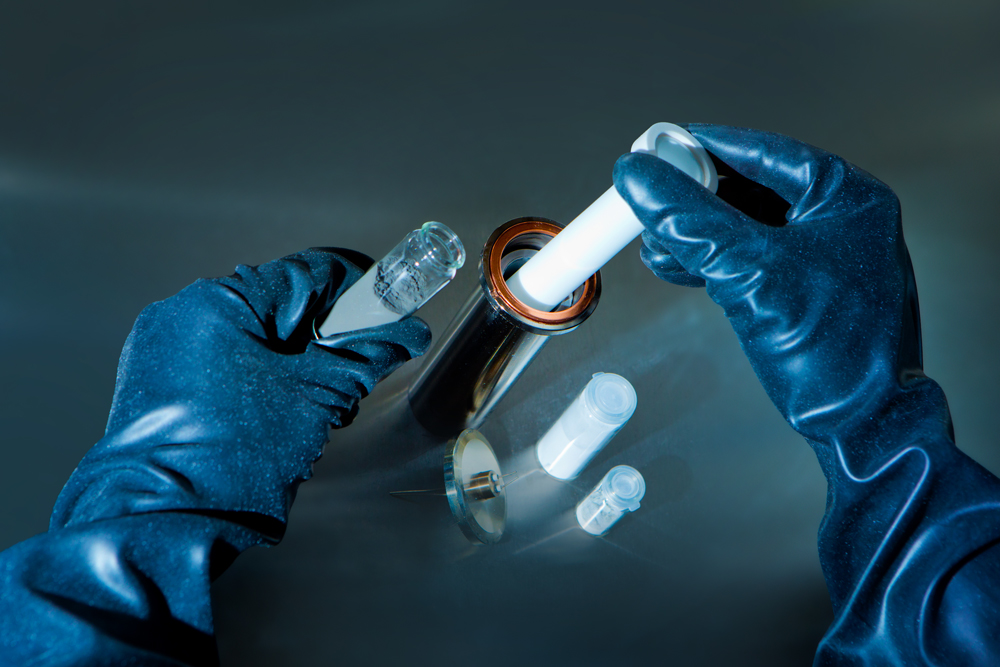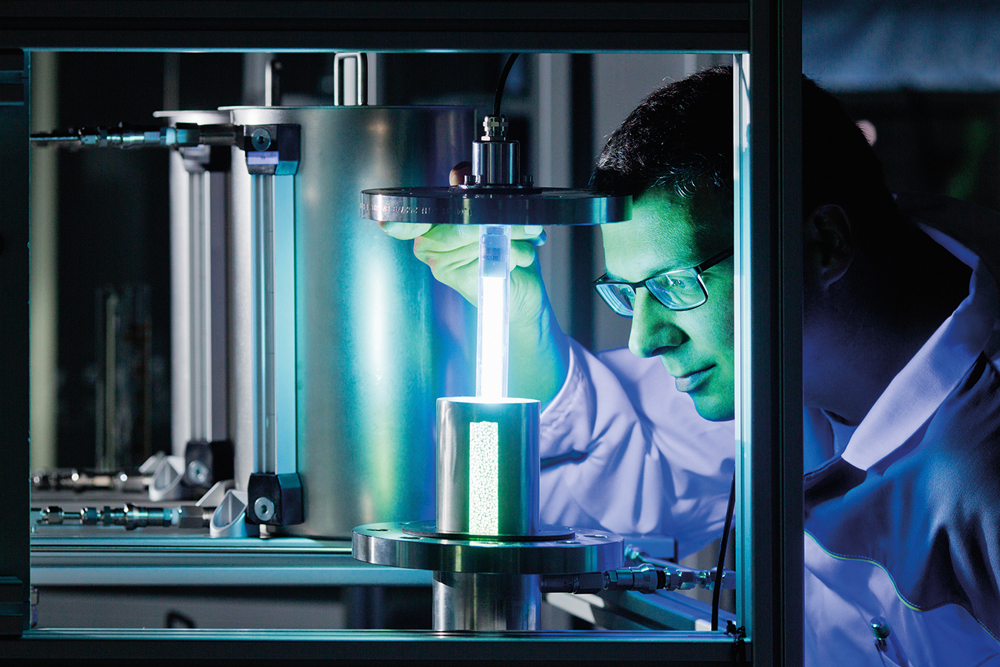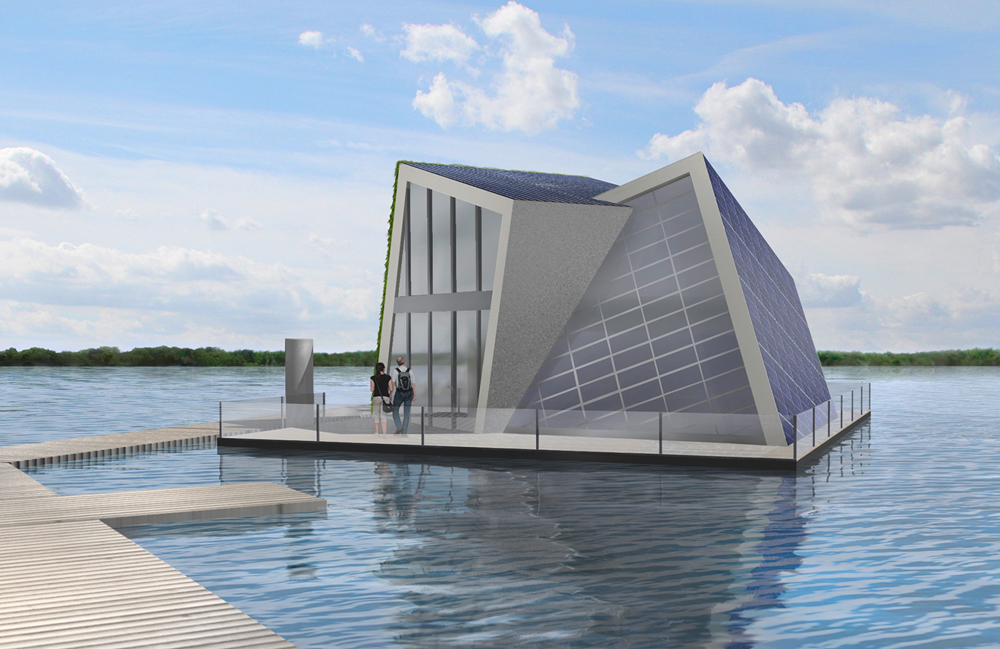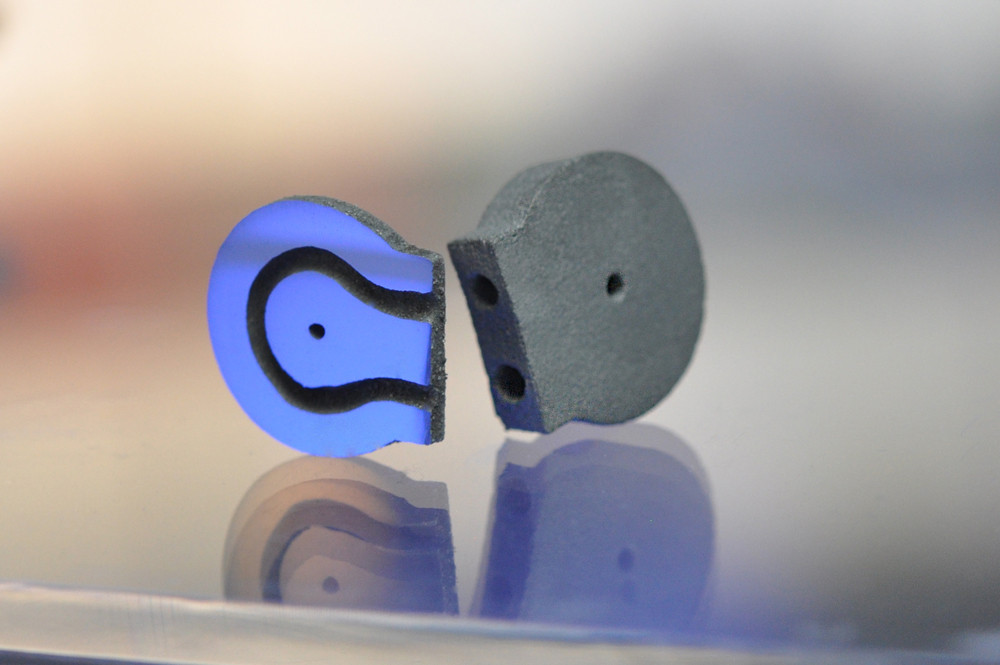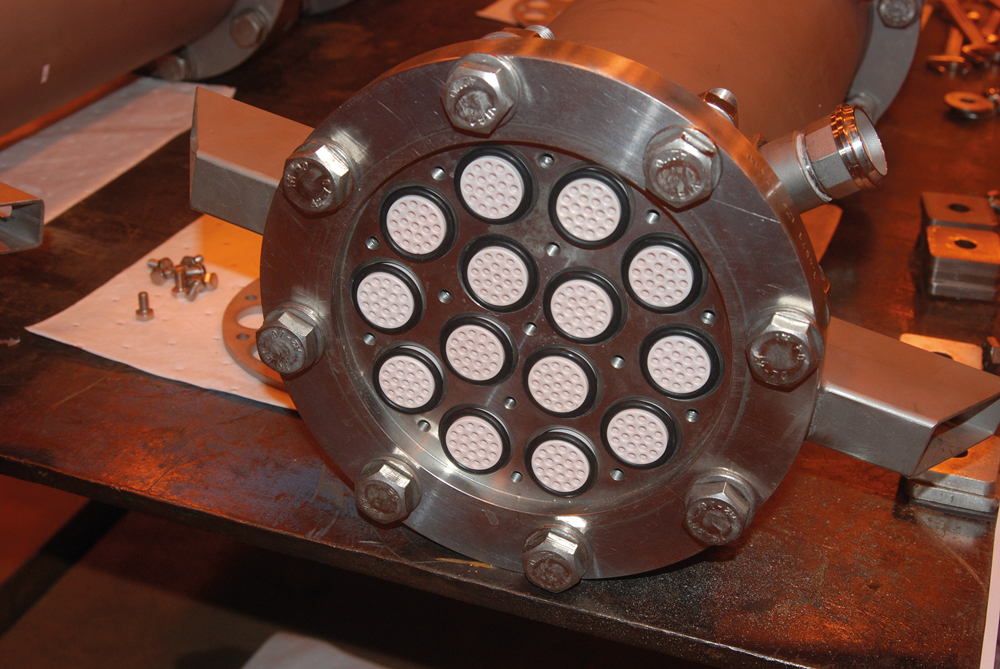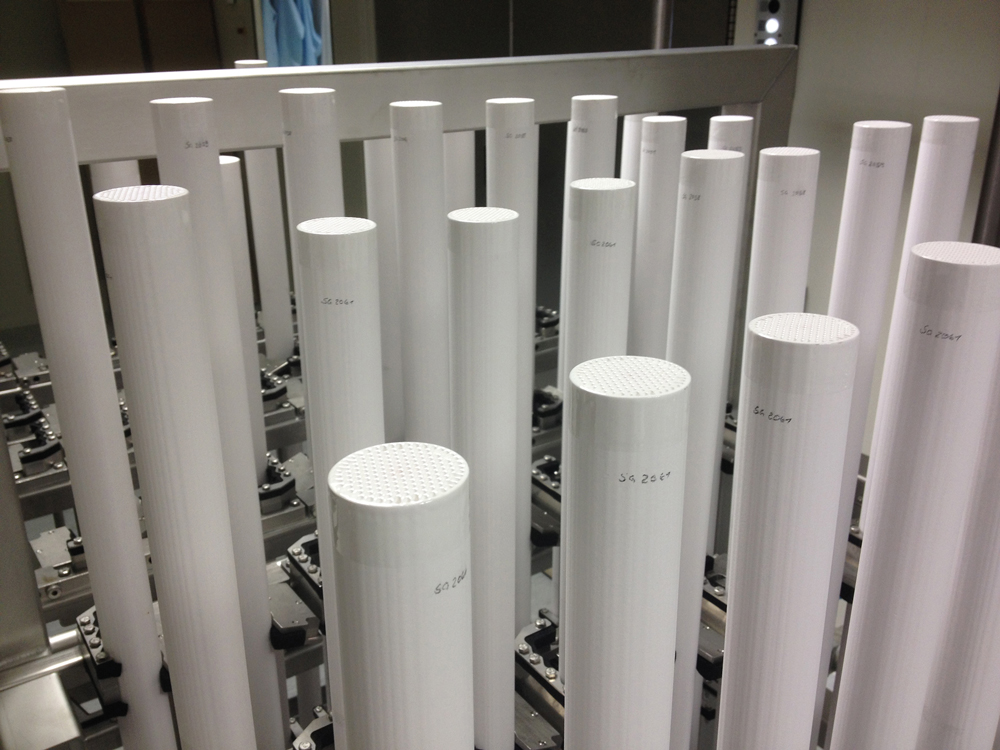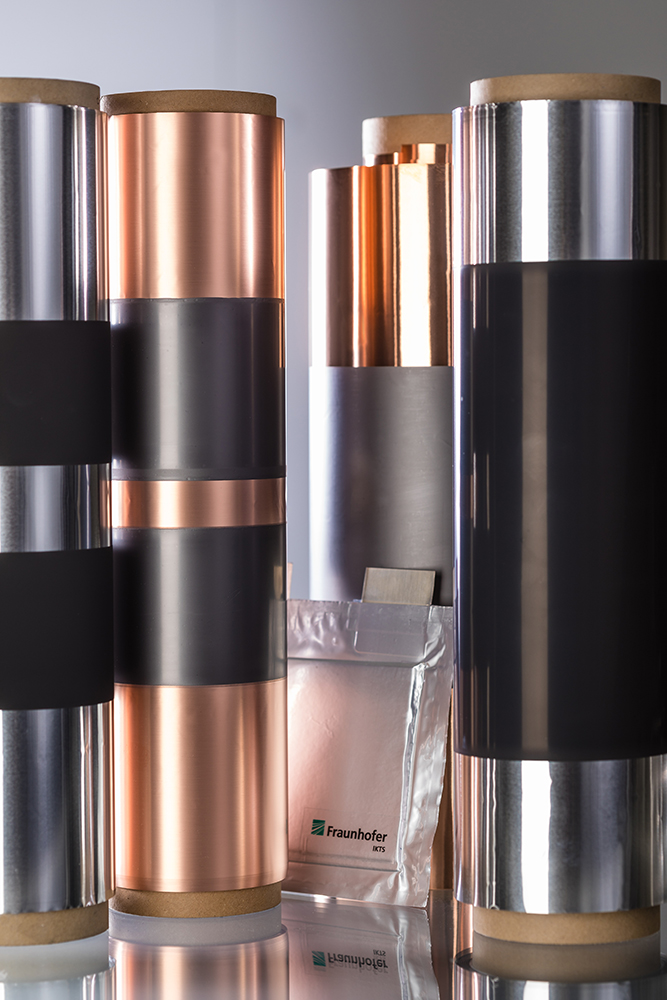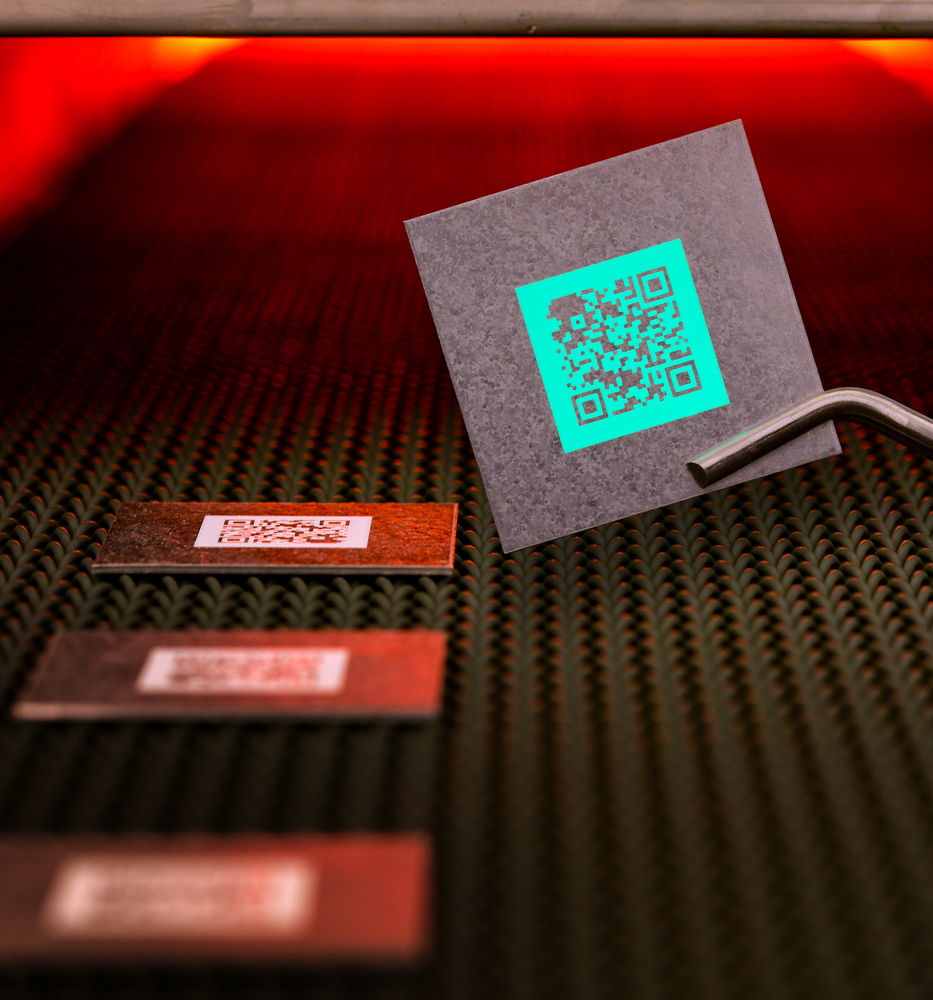Electricity from ceramics – environmentally friendly and cost-effective stationary energy storage systems
Stationary energy storage systems are key element of a modern and sustainable energy supply. Globally growing energy supply and the steady increase of peak loads call for reliable solutions. Conventional and renewable power generation will grow together through low-cost energy storage and will provide affordable energy supply in the long-term. Due to latest ceramic processes the high-temperature battery cerenergy® developed at Fraunhofer IKTS has been optimized regarding low costs and good series production.
Batteries based on sodium-nickel-chloride already appeared in the 80s for applications in electric vehicles. Fraunhofer IKTS researchers took up this technology and re-evaluated it in the context of a stationary energy supply that is looking for cost-effective, long-lasting and reliable solutions. Characteristic for batteries of this type is the exclusive use of indigenous raw materials and metals such as nickel, alumina or cooking salt. This makes these batteries ecologically sustainable. Researchers also succeeded in significantly reducing costs. The key to this remarkable development lies in the core of the high-temperature batteries, the ceramic beta-aluminate electrolytes. Their design decisively determines cost and function of the technology. By means of the ceramic manufacturing and synthesizing route available at Fraunhofer IKTS, the processing of both the ceramic powder up to the beta-aluminate is realized. Thus, an all-ceramic large-scale production technology is offered for a contemporary energy storage.
 Fraunhofer Dresden
Fraunhofer Dresden